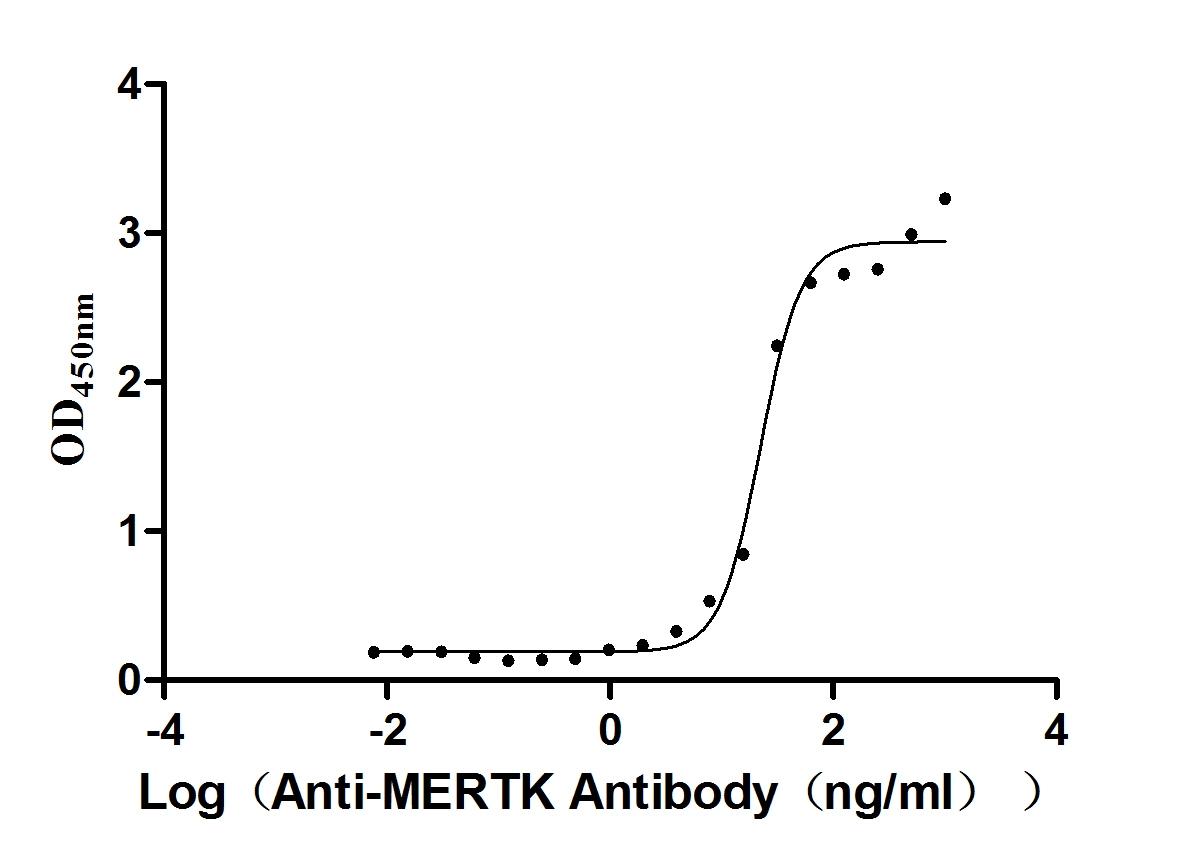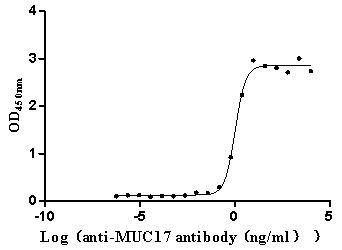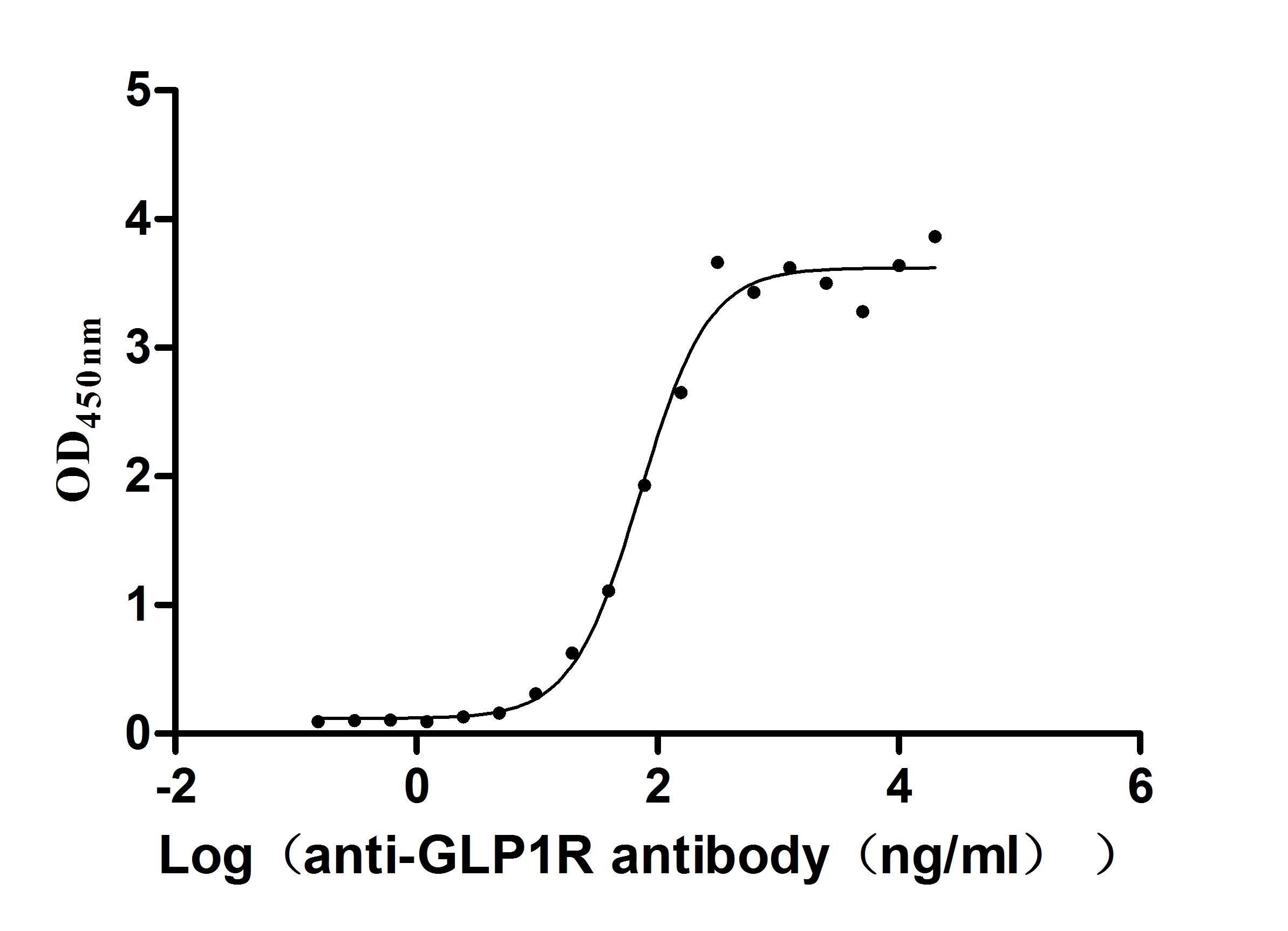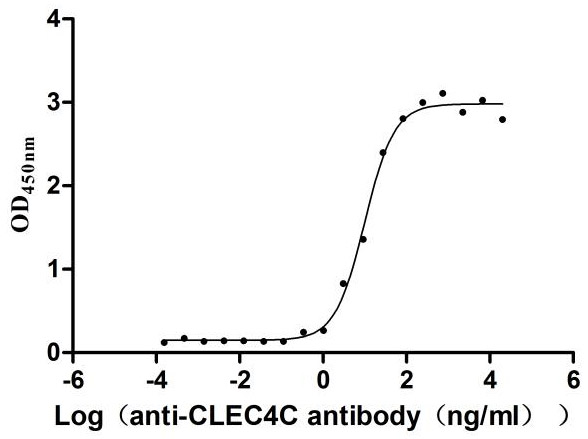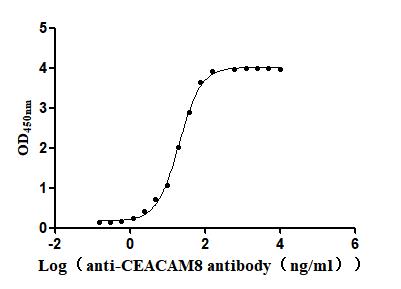Recombinant Human Phospholipase A1 member A (PLA1A)
-
中文名称:人PLA1A重组蛋白
-
货号:CSB-YP018084HU
-
规格:
-
来源:Yeast
-
其他:
-
中文名称:人PLA1A重组蛋白
-
货号:CSB-EP018084HU
-
规格:
-
来源:E.coli
-
其他:
-
中文名称:人PLA1A重组蛋白
-
货号:CSB-EP018084HU-B
-
规格:
-
来源:E.coli
-
共轭:Avi-tag Biotinylated
E. coli biotin ligase (BirA) is highly specific in covalently attaching biotin to the 15 amino acid AviTag peptide. This recombinant protein was biotinylated in vivo by AviTag-BirA technology, which method is BriA catalyzes amide linkage between the biotin and the specific lysine of the AviTag.
-
其他:
-
中文名称:人PLA1A重组蛋白
-
货号:CSB-BP018084HU
-
规格:
-
来源:Baculovirus
-
其他:
-
中文名称:人PLA1A重组蛋白
-
货号:CSB-MP018084HU
-
规格:
-
来源:Mammalian cell
-
其他:
产品详情
-
纯度:>85% (SDS-PAGE)
-
基因名:
-
Uniprot No.:
-
别名:AA986889; NMD; OTTHUMP00000215248; OTTHUMP00000215249; OTTHUMP00000215250; Phosphatidylserine specific phospholipase A1; Phosphatidylserine specific phospholipase A1alpha; Phosphatidylserine-specific phospholipase A1; Phospholipase A1 member A; pla1a; PLA1A_HUMAN; PS PLA1; PS-PLA1; PSPLA 1; PSPLA1
-
种属:Homo sapiens (Human)
-
蛋白长度:Full Length of Mature Protein
-
表达区域:26-456
-
氨基酸序列DAPPT PQPKCADFQS ANLFEGTDLK VQFLLFVPSN PSCGQLVEGS SDLQNSGFNA TLGTKLIIHG FRVLGTKPSW IDTFIRTLLR ATNANVIAVD WIYGSTGVYF SAVKNVIKLS LEISLFLNKL LVLGVSESSI HIIGVSLGAH VGGMVGQLFG GQLGQITGLD PAGPEYTRAS VEERLDAGDA LFVEAIHTDT DNLGIRIPVG HVDYFVNGGQ DQPGCPTFFY AGYSYLICDH MRAVHLYISA LENSCPLMAF PCASYKAFLA GRCLDCFNPF LLSCPRIGLV EQGGVKIEPL PKEVKVYLLT TSSAPYCMHH SLVEFHLKEL RNKDTNIEVT FLSSNITSSS KITIPKQQRY GKGIIAHATP QCQINQVKFK FQSSNRVWKK DRTTIIGKFC TALLPVNDRE KMVCLPEPVN LQASVTVSCD LKIACV
-
蛋白标签:Tag type will be determined during the manufacturing process.
The tag type will be determined during production process. If you have specified tag type, please tell us and we will develop the specified tag preferentially. -
产品提供形式:Lyophilized powder
Note: We will preferentially ship the format that we have in stock, however, if you have any special requirement for the format, please remark your requirement when placing the order, we will prepare according to your demand. -
复溶:We recommend that this vial be briefly centrifuged prior to opening to bring the contents to the bottom. Please reconstitute protein in deionized sterile water to a concentration of 0.1-1.0 mg/mL.We recommend to add 5-50% of glycerol (final concentration) and aliquot for long-term storage at -20℃/-80℃. Our default final concentration of glycerol is 50%. Customers could use it as reference.
-
储存条件:Store at -20°C/-80°C upon receipt, aliquoting is necessary for mutiple use. Avoid repeated freeze-thaw cycles.
-
保质期:The shelf life is related to many factors, storage state, buffer ingredients, storage temperature and the stability of the protein itself.
Generally, the shelf life of liquid form is 6 months at -20°C/-80°C. The shelf life of lyophilized form is 12 months at -20°C/-80°C. -
货期:Delivery time may differ from different purchasing way or location, please kindly consult your local distributors for specific delivery time.Note: All of our proteins are default shipped with normal blue ice packs, if you request to ship with dry ice, please communicate with us in advance and extra fees will be charged.
-
注意事项:Repeated freezing and thawing is not recommended. Store working aliquots at 4°C for up to one week.
-
Datasheet :Please contact us to get it.
相关产品
靶点详情
-
功能:Hydrolyzes the ester bond of the acyl group attached at the sn-1 position of phosphatidylserines (phospholipase A1 activity) and 1-acyl-2-lysophosphatidylserines (lysophospholipase activity) in the pathway of phosphatidylserines acyl chain remodeling. Cleaves phosphatidylserines exposed on the outer leaflet of the plasma membrane of apoptotic cells producing 2-acyl-1-lysophosphatidylserines, which in turn enhance mast cell activation and histamine production. Has no activity toward other glycerophospholipids including phosphatidylcholines, phosphatidylethanolamines, phosphatidic acids or phosphatidylinositols, or glycerolipids such as triolein.; Hydrolyzes lyso-PS but not PS.
-
基因功能参考文献:
- Serum PS-PLA1 levels were significantly higher in the melanoma subjects and associated with the clinical stages. PMID: 29500864
- the LysoPA levels might be determined largely by LysoPC and LysoPI (possible precursors) and the PS-PLA1-mediated pathway might be involved in the production of LysoPS in gastric cancer. PMID: 28143894
- PS-PLA1 expression in colorectal cancer is associated with tumor invasion and metastasis. PMID: 25750298
- These data suggest that PLA1A plays an important role in bridging the membrane-associated NS2-E2 complex and the NS5A-associated replication complex via its interaction with hepatitis C virus E2, NS2, and NS5A. PMID: 25505071
- PLA1A2 polymorphism is associated with mortality in participants whose hemoglobin A1c ranges from 5.5% to 6.5%. PMID: 24886443
- Overall, our study shed the light on new structural features of the phospholipase activity of pancreatic lipase family members. PMID: 24368210
- These results suggest that the expression of PS-PLA(1) mRNA in THP-1-derived macrophages is activated via TLR4. PMID: 20573295
- polymorphisms in the gene encoding phosphatidylserine-specific phospholipase A1 PMID: 12436198
显示更多
收起更多
-
亚细胞定位:Secreted.
-
蛋白家族:AB hydrolase superfamily, Lipase family
-
组织特异性:Widely expressed. Expressed in placenta, prostate and liver. Weakly or not expressed in skin, leukocytes, platelets, colon, spleen, lung, muscle and kidney.
-
数据库链接:
Most popular with customers
-
Recombinant Mouse Tyrosine-protein kinase Mer (Mertk), partial (Active)
Express system: Mammalian cell
Species: Mus musculus (Mouse)
-
Recombinant Human Mucin-17 (MUC17), partial (Active)
Express system: Mammalian cell
Species: Homo sapiens (Human)
-
Recombinant Human Glucagon-like peptide 1 receptor (GLP1R), partial (Active)
Express system: Mammalian cell
Species: Homo sapiens (Human)
-
Recombinant Human C-type lectin domain family 4 member C (CLEC4C), partial (Active)
Express system: Mammalian cell
Species: Homo sapiens (Human)
-
Recombinant Human Carcinoembryonic antigen-related cell adhesion molecule 8(CEACAM8) (Active)
Express system: Mammalian cell
Species: Homo sapiens (Human)


